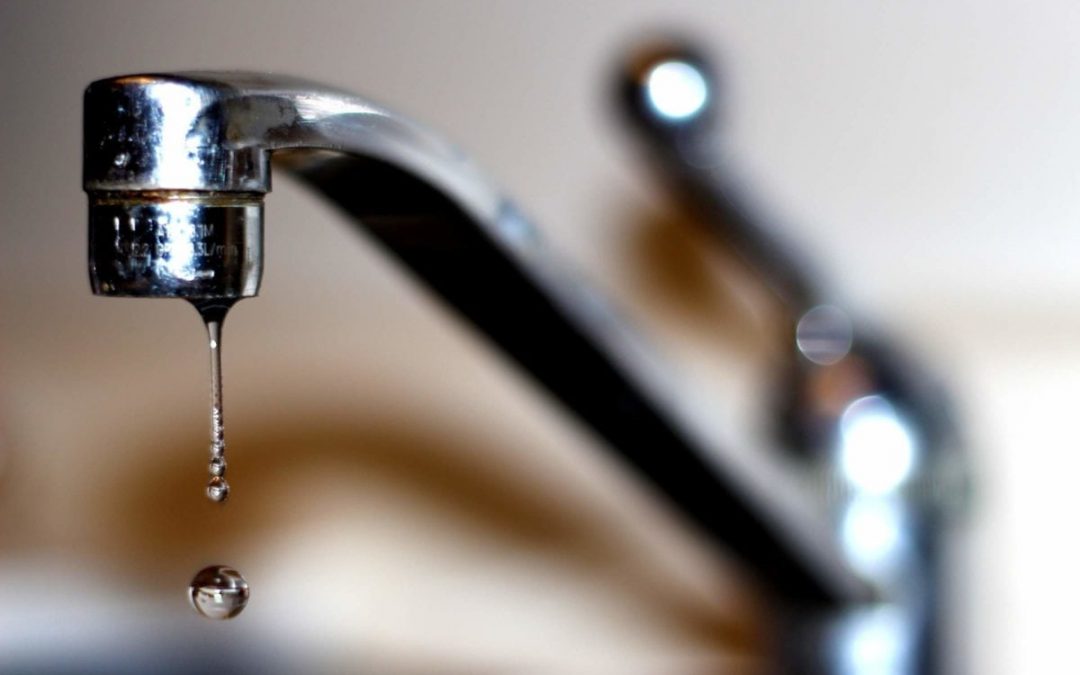Step-by-Step Instructions for Dealing with Low Water Pressure in Your Home
Step-by-Step Instructions for Dealing with Low Water Pressure in Your Home
Blog Article
What're your opinions on 4 Ways to Troubleshoot Low Water Pressure?

Low water stress in your home can be a frustrating issue, impacting everything from showering to washing meals. If you're experiencing weak water circulation, there are numerous feasible causes and options to discover. In this overview, we'll review usual factors for low water stress and functional steps to resolve the concern properly.
Intro to Low Water Pressure
Low water pressure happens when the circulation of water from your faucets, showers, and other components is weak than usual. This can make day-to-day jobs more difficult and less efficient. Recognizing the sources of low water pressure is important to locating the appropriate remedy.
Usual Reasons For Low Water Pressure
Faulty Pressure Regulators
Pressure regulators are responsible for maintaining consistent water stress in your house. If they malfunction, it can result in low tide stress or unequal flow throughout the house.
Metropolitan Supply Of Water Issues
Often, the trouble exists outside your home. Metropolitan water problems, such as main line leaks or maintenance job, can momentarily reduce water pressure in your area.
Pipe Obstructions
In time, pipes can end up being blocked with natural resource, debris, or particles, limiting the circulation of water. This is a common problem in older homes with galvanized steel pipelines.
Deterioration
Deterioration within pipes can cause leaks and minimized water stress. Corrosion buildup can restrict water circulation, especially in aging plumbing systems.
Exactly How to Detect Low Tide Stress
Checking Pipes
Evaluate noticeable pipelines for indicators of leakages, corrosion, or clogs. Pay attention to any kind of uncommon noises, such as knocking or rattling pipes, which could show concerns within the plumbing system.
Consulting with a Plumber
If you're incapable to identify the reason for low tide stress, consider working with a specialist plumber to perform a complete inspection. They can identify underlying issues and advise appropriate remedies.
Examining Faucets and Components
Beginning by checking the water pressure at different taps and components throughout your home. If the issue is isolated to particular areas, it may suggest localized troubles.
Do It Yourself Solutions to Take Care Of Low Tide Stress
Flushing Hot Water Heater
Sediment build-up in the water heater can limit flow and lower efficiency. Flushing the container occasionally aids remove sediment and maintain optimum performance.
Inspecting Stress Regulatory Authority
Make certain that the stress regulator is working properly. Adjusting or replacing the regulator can aid recover appropriate water pressure throughout your home.
Cleansing Aerators and Showerheads
Mineral deposits can accumulate in aerators and showerheads, lowering water circulation. Get rid of and cleanse these components on a regular basis to enhance water pressure.
Clearing Clogs in Water Lines
For minor blockages, attempt making use of a plumbing snake or chemical drain cleaner to clear blockages in pipes. Beware when making use of chemicals and adhere to safety guidelines.
When to Call a Professional Plumber
If DIY efforts fall short to deal with the issue or if you suspect significant plumbing issues, it's ideal to look for assistance from a licensed plumber. They have the expertise and devices to attend to intricate concerns securely and effectively.
Preventive Measures to Maintain Water Pressure
Installing a Pressure Booster
Consider mounting a stress booster pump to boost water stress in locations with constantly low flow. This can be especially useful for multi-story homes or homes with high-demand components.
Tracking Water Usage
Bear in mind water usage routines and stay clear of ill-using the plumbing system. Basic adjustments, such as shocking showers and laundry tons, can aid preserve appropriate water pressure.
Routine Maintenance
Set up routine upkeep for your plumbing system to stop concerns such as corrosion, leakages, and blockages. Addressing minor troubles early can assist stay clear of more considerable repair work in the future.
Final thought
Taking care of low water stress can be aggravating, but identifying the underlying causes and executing ideal services can restore ideal circulation throughout your home. Whether it's cleaning up aerators, inspecting pipes, or consulting with a plumber, taking aggressive actions can ensure a steady supply of water for your everyday needs.
FOUR WAYS TO FIX LOW WATER PRESSURE NOW
Turning on a shower or faucet only to find the water comes out in a sad, slow drizzle is never a good feeling. How exactly are you supposed to wash a pan or take a quick shower when it takes 10 minutes just to rinse off a little soap? The good news is that when your water pressure is bad, there's always a cause: typically one that can be easily fixed. Here are some of the most common causes of low pressure and what you can do to fix the issue:
DEBRIS AND MINERAL DEPOSIT BUILDUPS
If you notice low water pressure from just one or two of the fixtures in your house, the problem likely has to do with debris buildup. Water is full of minerals and other debris, all of which can accumulate in your pipes and on your fixtures. This can cause a blockage that affects how much water flows through. To fix this, try filling a small plastic bag with white vinegar, and use a rubber band to hang it around your showerhead or faucet. Let the head of the fixture soak for a few hours, and the vinegar should loosen the deposits.
WATER LEAKS
Leaks are another common cause of low water pressure. If water is flowing out of your plumbing through a hole or crack before it can reach your fixture, the pressure coming out of the faucet or showerhead will be lower. A plumbing professional is your best bet for finding and repairing a leak in your water supply pipes.
Leaks are another common cause of low water pressure. If water is flowing out of your plumbing through a hole or crack before it can reach your fixture, the pressure coming out of the faucet or showerhead will be lower. A plumbing professional is your best bet for finding and repairing a leak in your water supply pipes.
A VALVE ISSUE
If you have low water pressure throughout your home, check your main shut-off valve to make sure it's completely open. You may also want to see if there's a pressure-reducing valve installed. If there is, have a plumber help you adjust the settings to get the pressure you're looking for.
OTHERS USING WATER
Believe it or not, your low water pressure could be caused by your neighbors. If you notice low pressure at certain times of day, it may be because you and the people living next to you have similar schedules - when everyone is showering at the same time, the pressure will be lower in every home. Low pressure throughout the neighborhood may also be caused by an issue with your municipal water supply. If that's the case, call the supplier to see if they're working on the issue.
https://www.rotorooter.com/blog/water-leaking/low-water-pressure-fixes/

Do you enjoy more info about Dealing with Low Water Pressure in Your Home? Post a short review below. We will be delighted to see your insights about this write up. Hoping to see you back again soon. So long as you enjoyed reading our article plz be sure to share it. We recognize the value of reading our article about 4 Ways to Troubleshoot Low Water Pressure.
Call Report this page